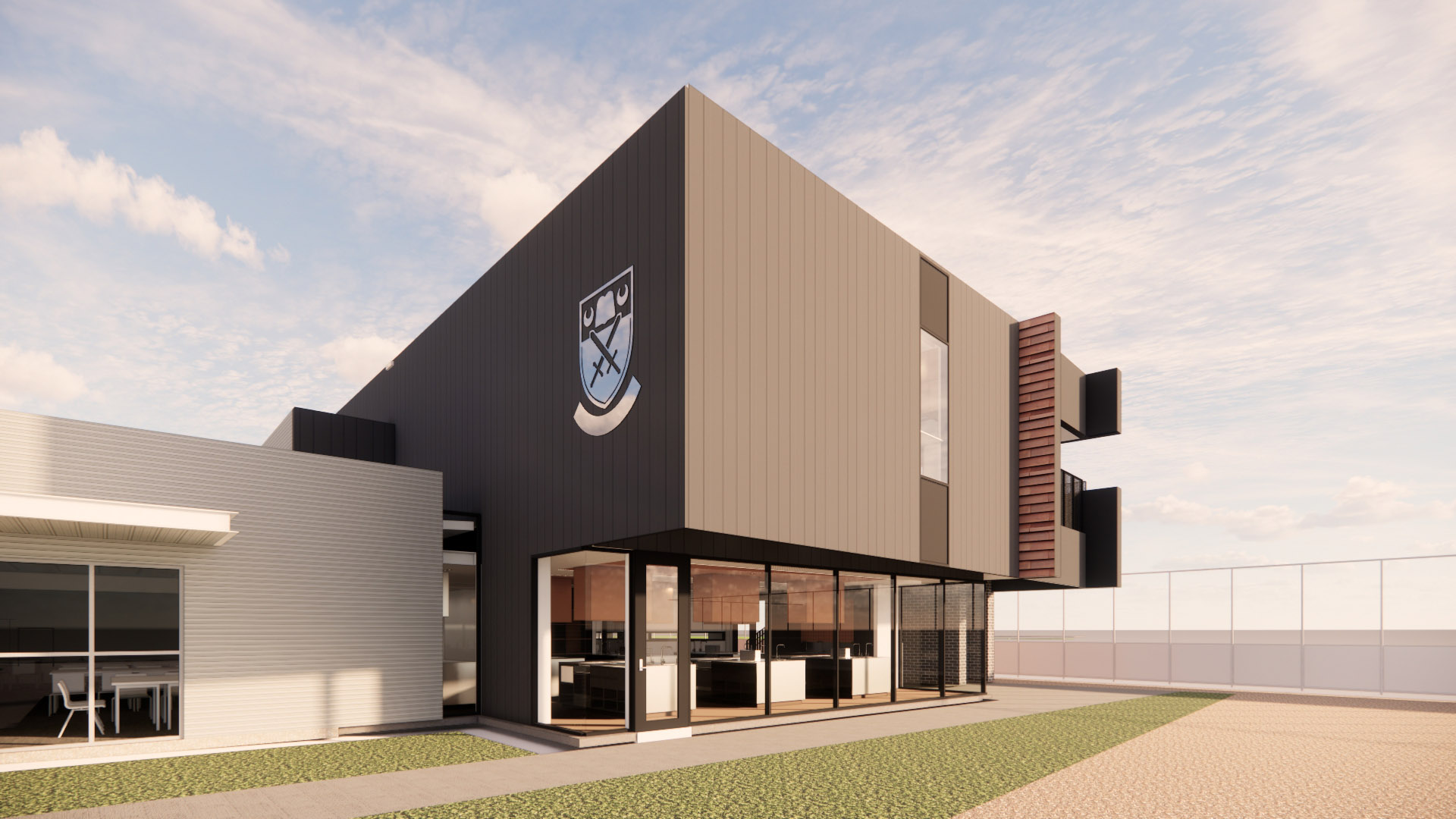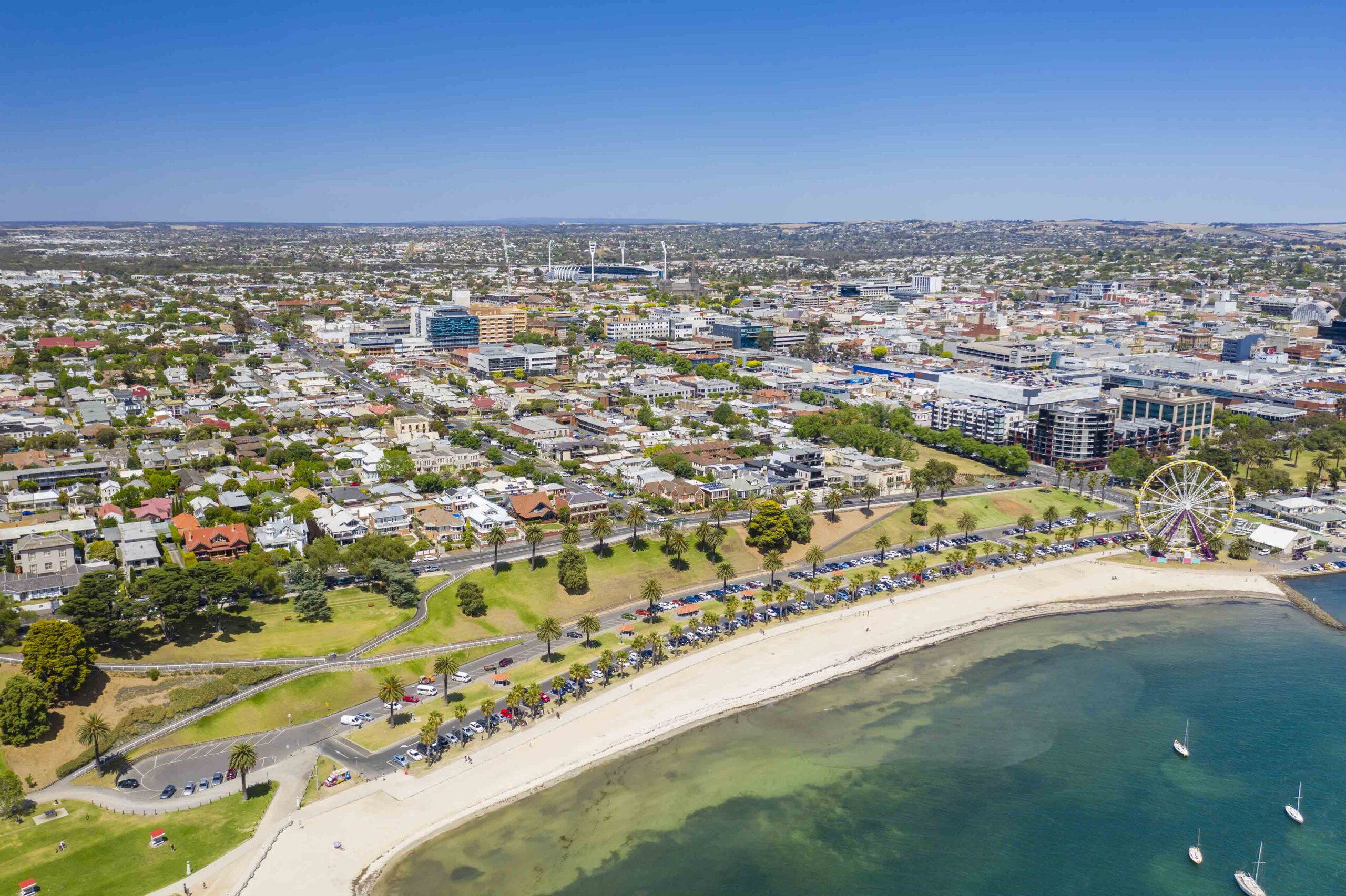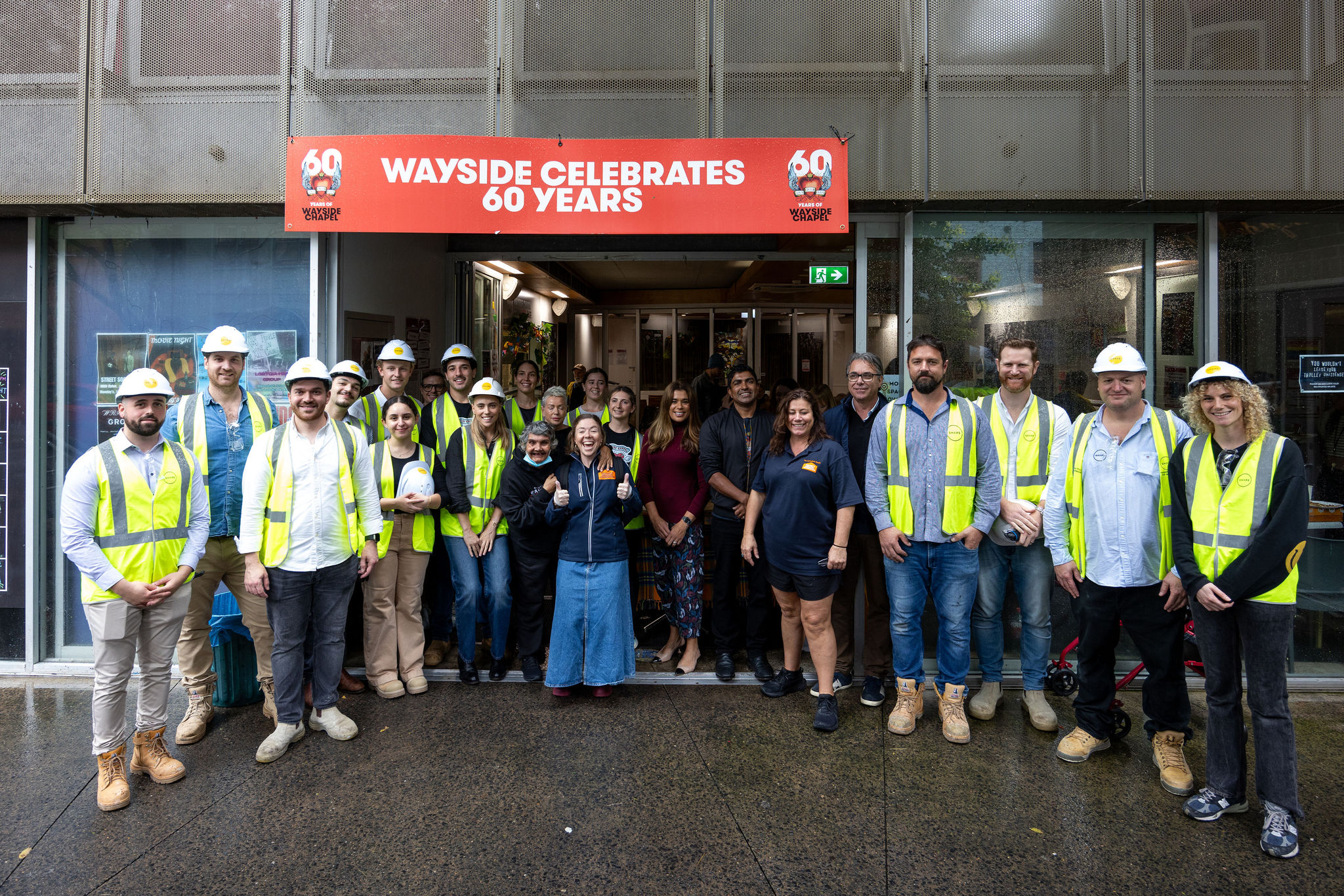The Defence Strategic Review and its impact on the construction industry
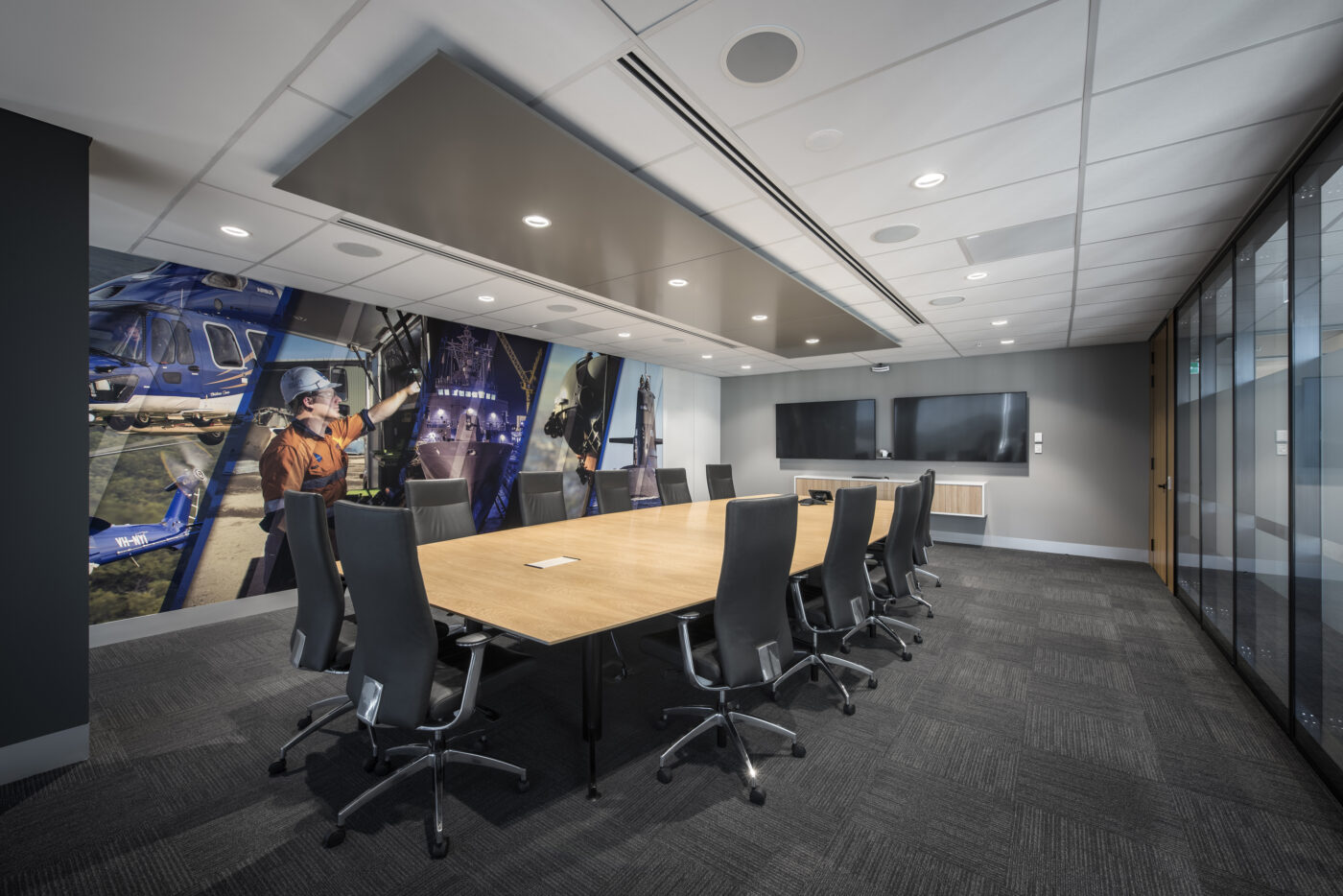
In recent months, Defence priorities have shifted in light of recommendations from the Defence Strategic Review (DSR) and subsequent changes to the Federal Defence Budget.
Below, Mitch Flynn, Group Manager – Defence & Federal Government, explores the evolving Defence priorities and how the DSR is reshaping the future of Defence projects and unlocking opportunities for the construction industry.
What is the Defence Strategic Review?
Following the change of Federal Government in 2022, the Albanese Government commissioned an independent Defence Strategic Review (DSR), made public in April 2023, to assess the Australian Defence Force’s (ADF’s) capability, posture, and preparedness to best defend the country. The most ambitious review of Australia’s Defence posture since the Second World War, the DSR informs all aspects of Australia’s Defence policy, planning and resourcing over the coming decades.
The ADF is responsible for protecting Australia’s economic connection with the world while defending Australia and our immediate region. While the Government is focused on maintaining prosperous and stable economic relationships in the Indo-pacific region, the DSR openly states the recommendation to increase its military defence and budget in response to potential threats from this region.
DSR Recommendations
The DSR made 62 recommendations, all of which have been ‘agreed to’ or ‘agreed to in principle’. These recommendations vary in nature, ranging from improvements to advanced cyber and space capabilities, missile capability, analysis of estate and infrastructure, and improving hypersonic and counter-hypersonic capabilities.
At a very high level, the DSR’s key recommendations can be summarised to focus on the following six priority areas:
- Investment in nuclear-powered submarines through the AUKUS partnership;
- Developing the ADF’s ability to precisely strike targets at longer ranges and manufacture munitions in Australia;
- Improving the ADF’s ability to operate from Australia’s Northern Bases;
- Lifting Australian capacity to rapidly translate disruptive new technologies into ADF capability in close partnership with Australian industry;
- Investing in the growth and retention of a highly skilled Defence workforce (both Defence APS and in-uniform ADF personnel); and
- Deepening our diplomatic and Defence partnerships with key partners in the Indo-Pacific.
What does this mean for the construction industry?
The DSR will have significant implications for the construction industry in Australia. The reprioritisation of Defence projects and the increased investment in Defence infrastructure offer both challenges and opportunities for construction companies.
The DSR’s recommendations will influence the scope and types of Defence construction projects, further stimulating economic growth in the construction industry.
This increase in projects will also generate a higher demand for construction companies to hire skilled personnel in subcontracting and partnering roles. The rise of work also positively creates a stable source of contracts and revenue for construction companies and suppliers, allowing growth and expenditure to continue in their day-to-day operations.
1. Delays or cancellations in current projects due to a reprioritisation of spending
One of the central pillars of the DSR is the prioritisation of enhancing Australia’s force posture and readiness. To facilitate this, the DSR recommended a significant reprioritisation of $7.8 billion worth of existing Defence projects, mostly upgrades to base facilities, through a reduction in scope, delays, and cancellations to help fund these new priorities. This, in addition to the Estate Works Program (approximately $1 billion annually) being paused and future funding reconsidered, will unfortunately result in difficult times for many Defence contractors heavily reliant on the sector, in the short term.
2. Significant increase in Defence infrastructure spending
Despite the reprioritisation causing immediate delays and cancellation of projects, Defence retains its plans to increase its annual infrastructure spending over the next 15 years to $8 billion annually (currently $2 billion per annum), offering more opportunities for the construction industry in the long run.
Defence funding as a whole increased. In May 2023, Defence budget papers showed spending for 2023-24 would exceed $50 million for the first time ever, reaching a total $52.6 billion, up from $49.1 billion in 2022-23.
By 2035, it is predicted Defence spend will make up approximately 3% of Australia’s Gross Domestic Product (GDP). (It currently sits at 2% of GDP).
3. Spending primarily in northern regions
The DSR focuses the Defence budget primarily towards strategic, operational areas and infrastructure in Northern Australia, which will see tremendous economic growth and demand for construction companies in that region. In particular, the DSR aims to prioritise two-thirds of the Defence budget in Northern Australia. Over the next four years, the government plans to spend $3.8 billion to strengthen Northern defences as part of its response to potential threats.
The DSR recommends that the Defence estate benefit from an enterprise-wide audit to baseline estate and infrastructure. The audit is suggested to focus on workplace health and safety as well as protective security of bases. Once this audit is complete, substantial investment will be attributed to the Defence estate in the northern regions.
The DSR’s new priorities include the following:
- A $1 billion investment towards upgrading Army training facilities in Darwin (Robertson Barracks) and Townsville (Lavarack Barracks).
- $600 million invested into theHMAS Coonawarra in Darwin.
- The Royal Australian Air Force (RAAF) RAAF Base Learmonth and RAAF Curtin in Western Australia will receive significant investment, focusing on runway and apron capacity, fuel storage and supply, accommodation and life support, and security upgrades. The same will apply at other strategic Air Forces Bases ‘North of the Capricorn’ including RAAF Darwin and RAAF Tindal in the NT, and RAAF Scherger and RAAF Townsville in north QLD.
4. AUKUS
The construction industry in South Australia will especially benefit from the AUKUS arrangement, as a planned expenditure of $268-368 billion on submarines and associated infrastructure is expected over the next 30 years. Defence spending will begin to grow as the cost of the AUKUS submarines and long-range missile programs come into effect.
Spend related to the AUKUS partnership will not be constrained only to SA. It has been announced that an $8 billion investment will occur at HMAS Stirling in Perth (Garden Island) as part of the submarine deal.
5. Increase in personnel will result in growth in facility upgrade works
As a result of the recommended workforce requirements to grow both Defence Australia Public Service (APS) and in-uniform ADF personnel, the construction industry will be required to assist with the uplift, maintenance, and new additions on training bases across the country to cater for the increasing demand.
6. Increase in spending with Defence Primes
The reprioritisation of investments will eventually result in an increase in spending with many Defence Prime Contractors, to meet the priorities outlined in the DSR. This includes investing in the ADF’s ability to precisely strike targets at longer ranges and manufacture munitions (and associated infrastructure) onshore within Australia. Unlike the Estate and Infrastructure investments, this spending will not be constrained to the northern states and South Australia.
For the construction industry, this represents the need for a significant long-term strategy, as the increased investment with Defence Primes will create a demand in their need for additional facilities, offices, warehouses, and manufacturing capabilities.
Defence retains its plans to increase its annual infrastructure spending over the next 15 years to $8 billion annually.
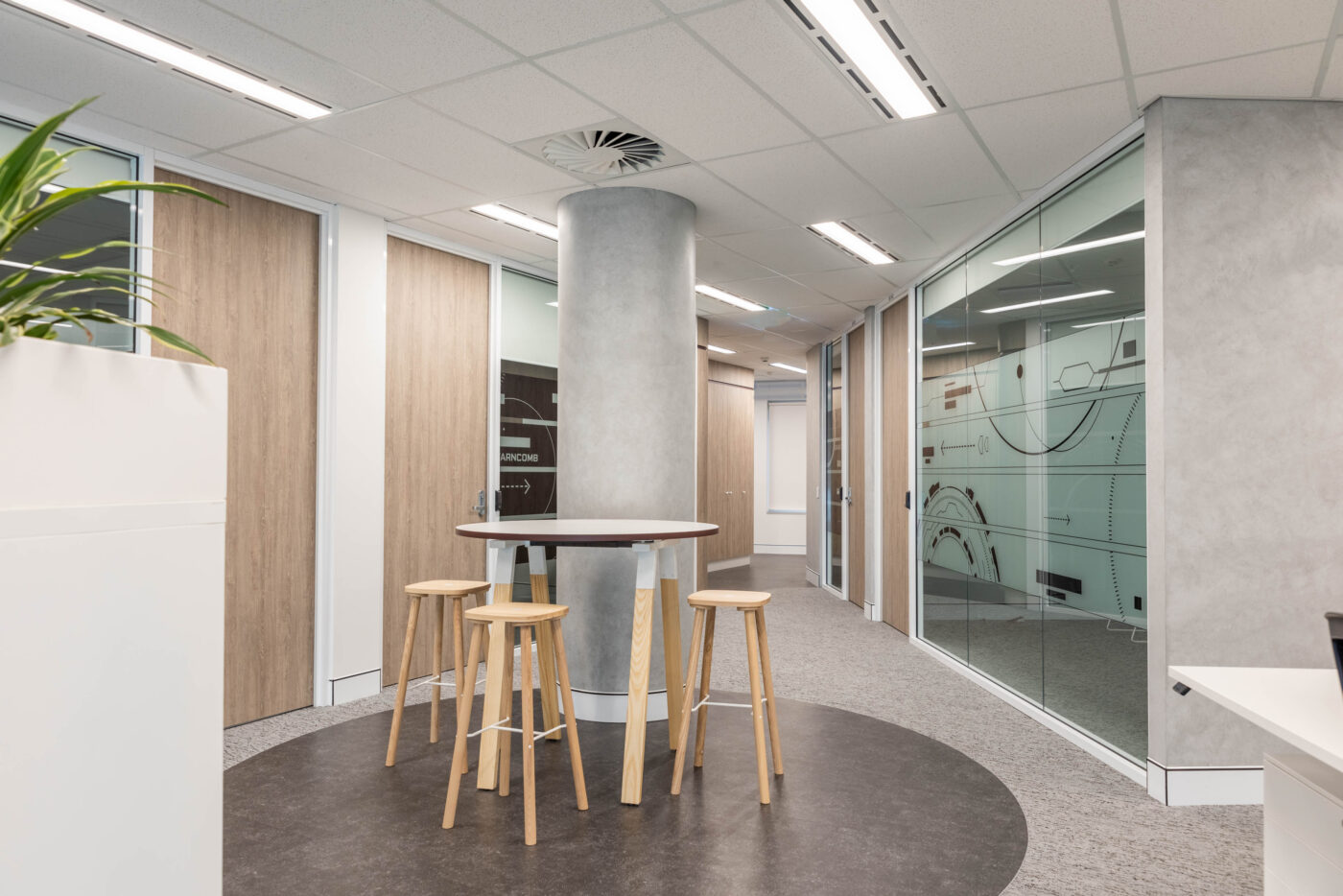
Collaboration with industry is essential to meet growth targets
Beyond the DSR recommendations, the area of Defence that is tasked with delivering the bulk of the infrastructure investment, Capital Facilities & Infrastructure (CFI) Branch, has also been set lofty objectives to significantly increase its spending. In 2023, the CFI Branch invested $2 billion with construction companies and is looking to more than double this to $5 billion by 2025.
Similarly, to other areas within Defence set to increase spending as an outcome of the DSR, the CFI Branch may also face resourcing challenges if it does not expand its contractor pool, as the existing base of well-experienced contractors are already nearing capacity. To ensure it can meet its growth targets, the CFI Branch has admitted they move away from traditional business-as-usual practices and collaborate with the construction industry to understand how it work can attract and sustain meaningful relationships with new players.
This presents ample opportunities for construction contractors eager to follow the demand and grow their Defence capability. Although the market is highly competitive, involving numerous security protocols and requirements, the substantial volume of projects and investments promises significant gains for contractors in the long run.
To support the outcomes of the Defence Strategic Review (2023) and the projected increase in Defence spending, construction companies must adapt their strategies to align with the changing priorities and capitalise on future opportunities in Defence projects. Construction contractors have an opportunity to contribute to the country’s security while improving the lives of Australians, as Defence infrastructure enables ongoing stability, deterrence, and peacekeeping efforts.
Learn more about SHAPE’s Defence capabilities here.
